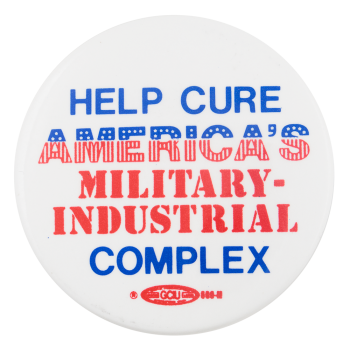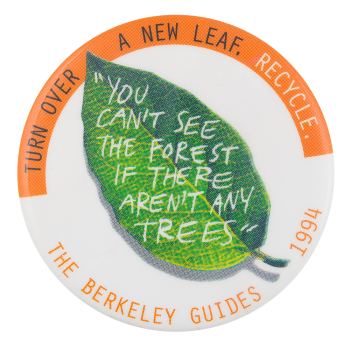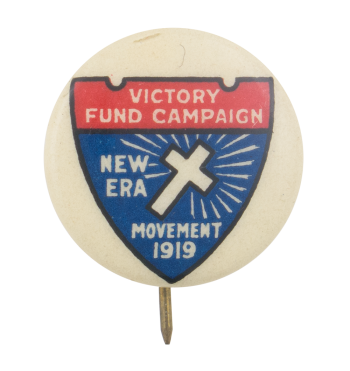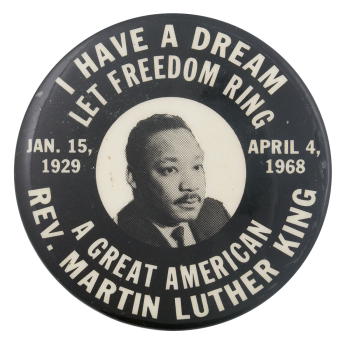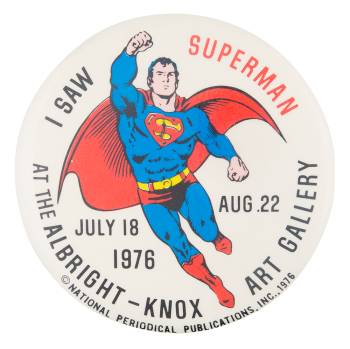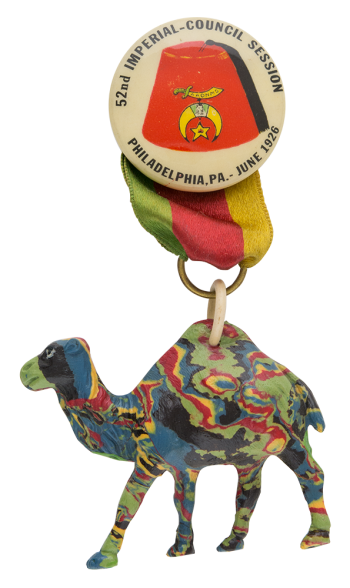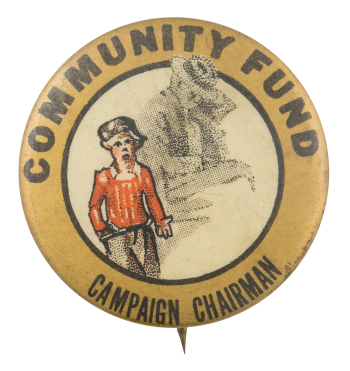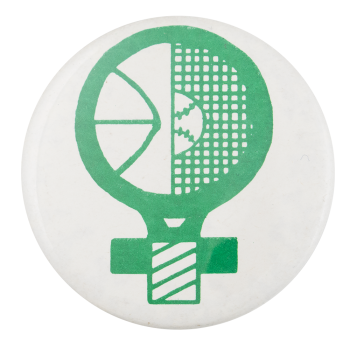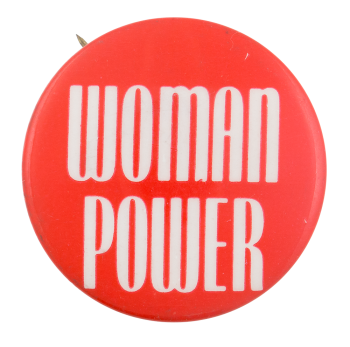America's Military Industrial Complex
| Category | |
|---|---|
| Additional Images | |
| Text on Button | HELP CURE AMERICA'S MILITARY INDUSTRIAL COMPLEX |
| Image Description | Blue and red text on a white background |
| Curl Text | DONNELLY/COLT BUTTONS BOX 188 HAMPTON CT 06247 |
| Back Style | |
| The Shape | |
| The Size | |
| The Manufacturer | |
| Additional Information | In the farewell address of President Dwight D. Eisenhower on January 17, 1961, he warned Americans to keep an eye on what he called, "the military-industrial complex". He was warning the American people to not let the mutually beneficial relationship between the military and industry dictate the actions of the United States because this sort of power could threaten the nation's freedoms and lead to war for profit. This button plays on the meaning of “complex” as a psychological condition that could be cured, implying that America’s military industrial complex could gotten rid of. |
| Catalog ID | CA0200 |

